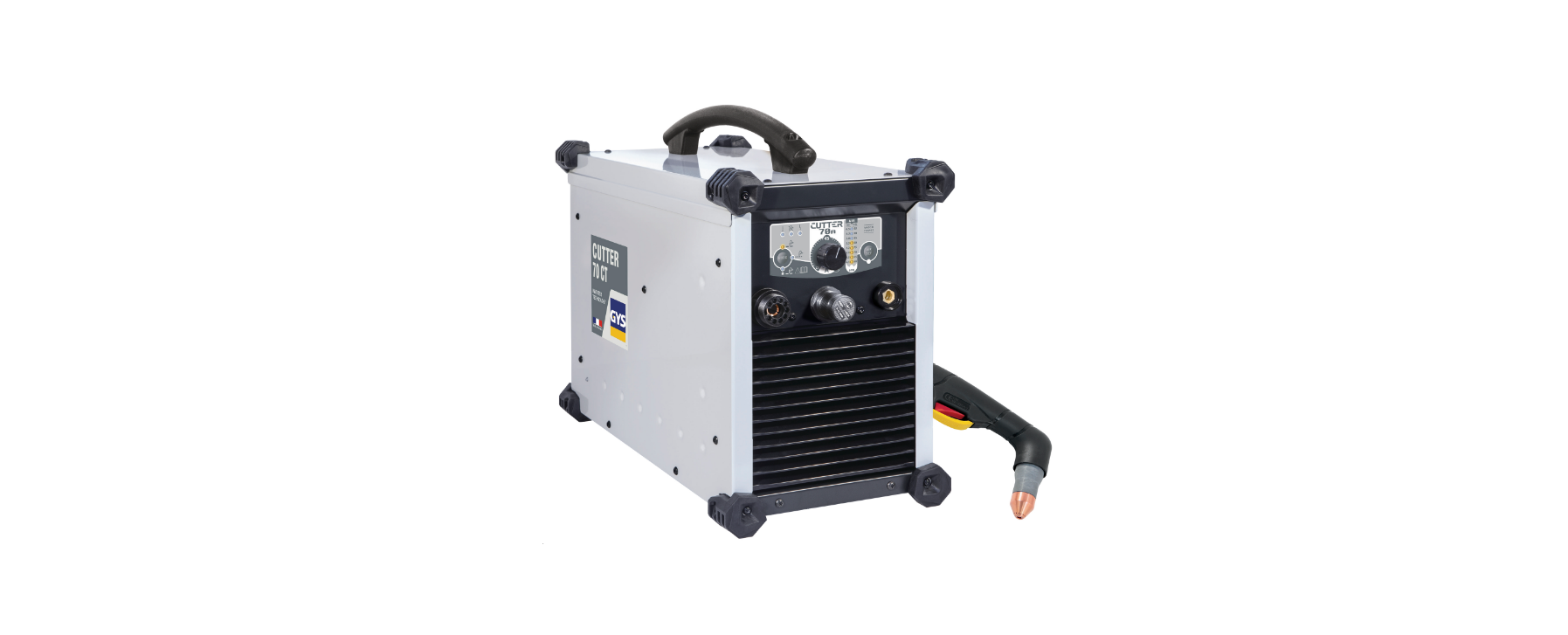
In the world of metal fabrication, having the right tools can make all the difference. For those seeking a versatile and efficient cutting solution, single phase plasma cutters have emerged as a popular choice, offering a powerful yet manageable way to slice through various metals. These tools are prized for their ability to deliver clean cuts, high speeds, and relative ease of use, making them a valuable asset for both professionals and DIY enthusiasts.
Understanding Single Phase Plasma Cutters
Plasma cutting, in general, is a process that uses a high-velocity jet of ionized gas (plasma) to melt and sever electrically conductive materials. Single phase plasma cutters specifically refer to those units designed to operate on a standard single-phase power supply, commonly found in homes and small workshops. This makes them more accessible and convenient compared to their three-phase counterparts, which require specialized electrical setups.
These cutters work by forcing gas, typically compressed air, through a narrow nozzle at high speed. An electrical arc is then introduced to this gas stream, superheating it and creating plasma. This extremely hot plasma jet is directed towards the workpiece, melting the metal and blowing away the molten material to create a clean cut.
Advantages of Single Phase Plasma Cutters
Compared to other cutting methods, single phase plasma cutters offer several key advantages:
- Versatility: They can cut a wide range of electrically conductive materials, including steel, stainless steel, aluminum, copper, and brass.
- Speed: Plasma cutting is generally faster than traditional methods like sawing or grinding, especially on thinner materials.
- Clean Cuts: Plasma cutters produce relatively clean cuts with minimal dross (slag), reducing the need for extensive post-processing.
- Ease of Use: While there’s a learning curve, plasma cutting is generally easier to master than other cutting processes, requiring less specialized skill.
- Portability: Many single-phase plasma cutters are designed to be portable, making them convenient for on-site work or use in smaller workshops.
- Cost-Effectiveness: For many applications, plasma cutting offers a cost-effective solution compared to other methods, especially when considering speed and efficiency.
Applications of Single Phase Plasma Cutters
The versatility and efficiency of single-phase plasma cutters make them suitable for a wide range of applications:
- DIY Projects: Homeowners and hobbyists use them for various projects, from fabricating metal art to repairing equipment.
- Automotive Repair: They are invaluable in automotive repair shops for cutting sheet metal, exhaust pipes, and other components.
- Metal Fabrication: Small fabrication shops use them for cutting and shaping metal for various products.
- Construction: On construction sites, they are used for cutting metal studs, pipes, and other materials.
- HVAC: HVAC technicians use them for cutting ductwork and other metal components.
Choosing the Right Single Phase Plasma Cutter
When selecting a single-phase plasma cutter, several factors should be considered:
- Cutting Capacity: This refers to the maximum thickness of material the cutter can effectively cut. Choose a cutter with a cutting capacity that meets your needs.
- Duty Cycle: The duty cycle indicates the percentage of time the cutter can operate at its rated output before needing to cool down. A higher duty cycle is better for continuous use.
- Amperage: The amperage of the cutter determines its power. Higher amperage cutters can cut thicker materials.
- Portability: If you need to move the cutter around, consider its size and weight.
- Features: Some cutters come with additional features, such as pilot arc starting, which makes it easier to cut through dirty or painted surfaces.
- Budget: Single-phase plasma cutters are available at a range of prices. Set a budget before you start shopping.
Safety Precautions
Plasma cutting generates extremely high temperatures and produces fumes and sparks. Therefore, it’s essential to take proper safety precautions:
- Wear appropriate personal protective equipment (PPE): This includes safety glasses, welding gloves, and flame-resistant clothing.
- Work in a well-ventilated area: Plasma cutting produces fumes that can be harmful if inhaled.
- Keep flammable materials away from the cutting area: Sparks from plasma cutting can ignite flammable materials.
- Follow the manufacturer’s instructions: Always read and follow the instructions provided with the plasma cutter.
Maintenance
Proper maintenance is essential for ensuring the longevity and performance of your single-phase plasma cutter. This includes regularly cleaning the unit, inspecting the consumables (electrodes and nozzles), and replacing them as needed.
Conclusion
Single phase plasma cutters have revolutionized metal cutting for many users. Their versatility, speed, and ease of use make them a valuable tool for a variety of applications, from DIY projects to professional fabrication. By understanding the advantages, considering the key factors when choosing a unit, and prioritizing safety, you can harness the power and precision of plasma cutting to achieve excellent results in your metalworking projects. With the right tool and proper technique, you can make clean, accurate cuts through a wide range of metals, opening up a world of possibilities in metal fabrication.





Leave a Reply